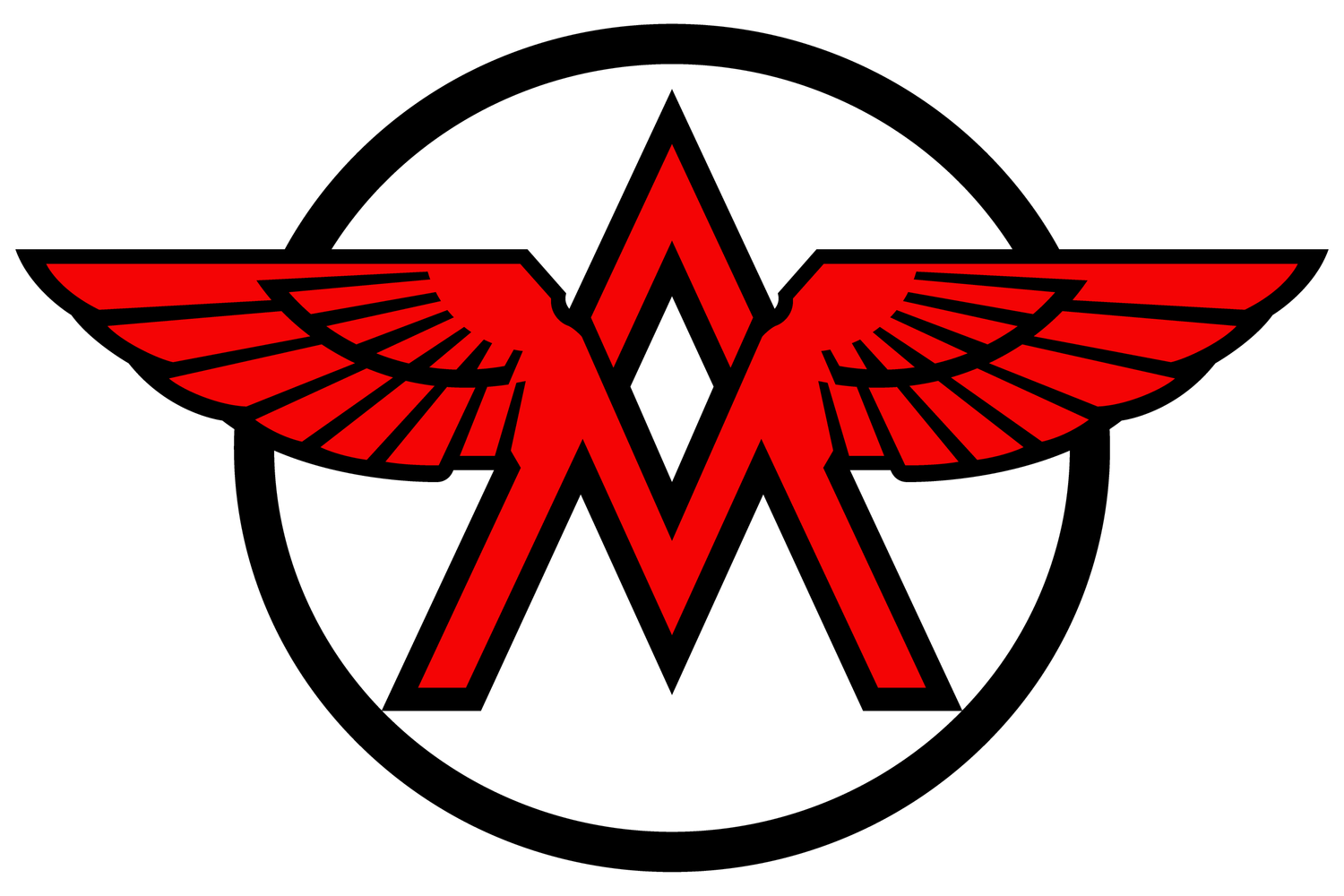The Depression acted as a grand a catalyst. Both the sport and the industry were forced to adapt to the economic decline in America and the changes devised spawned an entirely new culture. Indian and Harley further refined their smaller 45 models, packing them with value, and with the addition of the AMA professional 45 class these new machines became American favorites. Dealerships and clubs rallied together, creating events in hopes of driving new sales. Local races that allowed men to be competitive on their lightly modified stock machines, like the Jack Pine Enduro and the reemerging Gypsy Tour races saw a spike in popularity. The decline of factory-backed Class A racing forced the AMA to introduce a new class in 1933, one that they hoped would foster wide spread participation and bring more people back to the sport, it was Class C. Lightly modified, stripped-stock 45 and 74c.i side valve machines were now a part of three new categories, dirt track, TT, and road race, with three divisions each, novice, amateur, and expert. For the first time racing was accessible to everyone as any AMA member could ride in, race, and ride out, it was just the injection of participation that the industry needed. This marked a turning point in racing history and became the foundation for the second renaissance in the decades to come.
As the AMA developed their new Class C in 1933, the Southern Motorcycle Dealers Association devised a scheme of their own to drive business, once again bringing the thunder of American racing to the southeastern coastline. The group sponsored a 200 mile race on Savannah’s old Grand Prize circuit, the same course that once hosted the Vanderbilt Cup and where Harley-Davidson’s first factory team debuted in 1914. Over the next five years the 200 mile race would move between courses in Savannah and Jacksonville Beach, FL, before finally settling in at the new 3.2 mile semi-paved course in Daytona Beach. In 1937 the inaugural Daytona 200 was held and became a marquee race for the next 80 years. Racing was again halted for a war in 1941, but the culture was healthy and would return even stronger just as it had after the first World War. Class C flat track became the backbone of American motorcycle racing and the sport grew more popular than ever. The AMA’s membership boomed as soldier’s returned home seeking freedom and adrenaline. A proliferation of new motorcycle clubs strengthened a growing community full of new events, tracks, and rallies, while an influx of surplus machines and a flood of new import brands produced a frenzy of new racers, mechanics, and customization. Once again, having come full circle, the eyes of America focused intensely on the warm sands of Daytona Beach to see who was going to wear the crown of the fastest, a new Golden Age had begun.
Here, New Jersey’s Al Wilcox (#138) tucks into his Harley-Davidson on the beach straightaway during the 1948 Daytona 200 as Canadian Norman Teleford (#161) stretches out like Rollie onboard his Indian Sport Scout.

